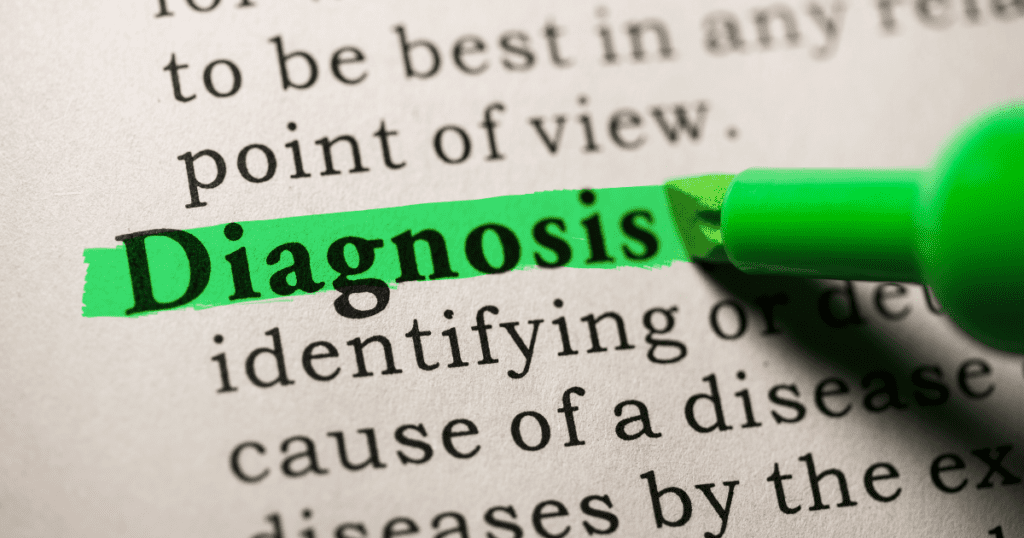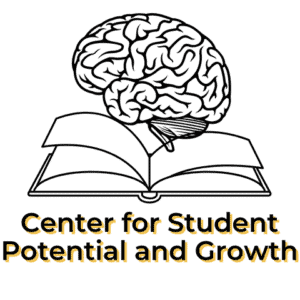
Students with ADHD may struggle with the learning process. Due to the reduced ability to focus and stay engaged in tasks taught in the classroom, they also face challenges with keeping up with the demands of being a student.
Students with ADHD may fall behind on schoolwork/homework, feel overwhelmed with the amount of work they are assigned, and miss instruction due to environmental and mental distractions.
ADHD can negatively impact student learning as typical school settings require students to remain engaged for extended periods, organize information and belongings, and independently complete tasks and assignments.
To get the support they may need, they must meet the diagnostic criteria for ADHD, typically done via a counselor, psychologist, or physician.
What is ADHD?
Attention Deficit Hyperactivity Disorder, also known as ADHD, is a neurodevelopmental disorder that begins in childhood.
The Diagnostic and Statistical Manual of Mental Disorders, Fifth Edition (American Psychiatric Association, 2013) states that ADHD is “a persistent pattern of inattention and/or hyperactivity-impulsivity that interferes with functioning or development (p.61).”
It impacts roughly 5% of children and 2.5% of adults. Notable characteristics of ADHD are inattention, hyperactivity, and/or impulsivity.
Inattention is described as having limited/reduced ability to maintain focus or organization.
Hyperactivity involves increased and excessive motor activity and/or talkativeness.
Impulsivity is evidenced by quick actions lacking forethought or planning and the diminished ability to delay gratification.
Although ADHD begins in childhood, it can go undetected and/or undiagnosed until adolescence or adulthood.
What are the diagnostic criteria for ADHD?

The DSM-5 categorizes symptoms under the three distinguishing characteristics of the disorder: inattention, hyperactivity, and impulsivity.
Six or more symptoms should be present for at least six months, are not typical with the developmental level, and negatively impact social, academic, and work performance.
Let’s look at each area.
Inattention
- Failure to pay attention to details and frequently making careless mistakes
- Increased difficulty with staying focused on tasks
- Appears distracted when being spoken to
- Problem with organizing tasks and organizing tasks in sequential order
- Limited follow-through on assignments and difficulty starting and completing assigned tasks
- Tends to avoid tasks that require sustained mental effort
- Frequently losing items and belongings
- Easily distracted
- Forgetful of daily activities
Hyperactivity and Impulsivity
- Constantly fidgeting or squirming
- Frequently leaving their seat when being seated is expected
- Excessive motor activity
- Excessive talking
- May speak out of turn, blurting out answers before the question is asked
- Unable to be still for an extended time
- Has difficulty waiting for their turn
- Interrupts and intrudes on others
Children and adults can be diagnosed with one of three presentations: Combined presentation (ADHD-C), Predominantly inattentive presentation (ADHD-I), or Predominantly hyperactive/impulsive presentation (ADHD-HI).
Symptoms can negatively impact the students learning experience depending on their specific presentation.
How ADHD May Impact Learning

ADHD symptoms can vary across students. Some students may constantly get out of their seats, talk a lot during lessons/teaching times, and are sensitive to noises in the classroom or hallways.
Other students may have difficulty keeping up with the pace of instruction, moving from one assignment to the next, or noticing/providing key details when reading and writing.
Classroom environments and teaching strategies can be a minefield of triggers for students with ADHD. Scenarios such as the following can hinder a student with ADHD from accessing instruction within the classroom:
- Seating near high-traffic areas like the pencil sharpener, classroom entrance, class folder areas
- Class periods that are excessively long and teaching large chunks of instruction at a time
- Providing instruction via one medium (i.e., lecture only, worksheets, etc.,)
- Lack of consistent routine with standard classroom procedures (when/where to turn in homework or classwork, testing, etc.,)
- Excessive amounts of transitions (both academic and environmental)
- Items that are not relevant to instruction within the student’s reach
- Open-ended activities or tasks without a clearly defined start (such as writing, multi-step math word problems, or unstructured social interaction times)
Teachers and school staff should consider that students with ADHD may need adjustments to how and where they are taught to ensure that instruction is accessible.
Can a child with ADHD be good at school?
The short answer-yes! Students with ADHD can be good at school.
Some students learn ways to reduce the negative impact of symptoms such as inattention and distractability when in school.
They may use learned strategies and require specialized instruction or classroom accommodations, such as technology or instructional adjustments, to understand instruction.
However, students with not-so-obvious symptoms, or undiagnosed cases of ADHD, may “slip through the cracks.”
These students may be those who present with distractability and inattentive behaviors.
School staff may overlook students with milder ADHD symptoms because they are not as visible.
How Parents Can Get Support for Students with ADHD
Students struggling with learning and keeping up with school can get additional help.
Students with ADHD may qualify for a 504 or Individualized Education Plan (IEP).
A Section 504 plan allows students with medical diagnoses to receive accommodations such as extended time, small group testing, or reduced quantity of work. School staff can excuse students from instruction due to doctor or therapy visits required for their condition.
An IEP may include accommodations and is designed for students who may present with academic or behavioral skill deficits and need specialized instruction to learn. A student who qualifies for special education is provided an IEP, following an evaluation to determine if they are eligible.
The student’s needs will determine which support is warranted.
Parents should be aware that a diagnosis of ADHD is not the only requirement for support in the classroom. The impact of symptoms must adversely impact a student’s ability to learn beyond the practical support within their current educational setting.
If a student cannot adequately learn, a parent may request a 504 plan or an IEP. Both an IEP and a 504 plan involve an evaluation process.
Parents are encouraged to speak with their child’s school team to request an evaluation if they have concerns.
A school team typically involves the teachers, counselors, school psychologists, principals, and most importantly- the parent.
The team will review the student’s educational file for academic performance, behavioral needs, grades, and attendance.
The team will also review what interventions the child has received to address the learning or behavior problem(s).
From there, the team will determine the best course of action for the student to ensure that they get the appropriate support.
How the Center for Student Potential and Growth Can Help

If you suspect your child has a learning disability, we can help. An independent educational evaluation can identify specific learning strengths and weaknesses.
We provide independent educational evaluations that uncover learning disabilities or attention disorders for any age learner in Ohio.To learn more about scheduling an evaluation, call us at 216-273-6020. You can also email us at info@potentialandgrowth.com.
